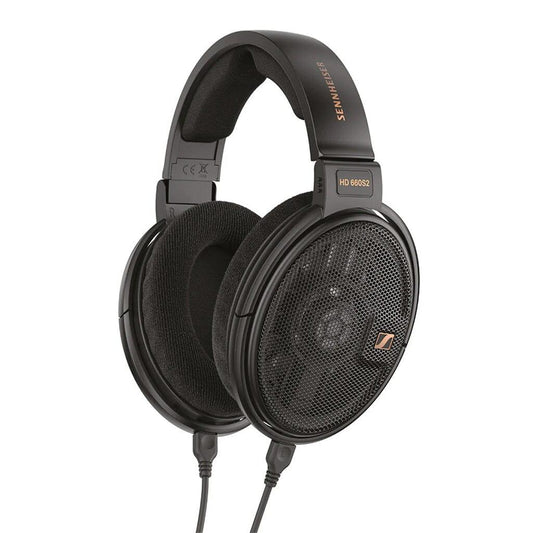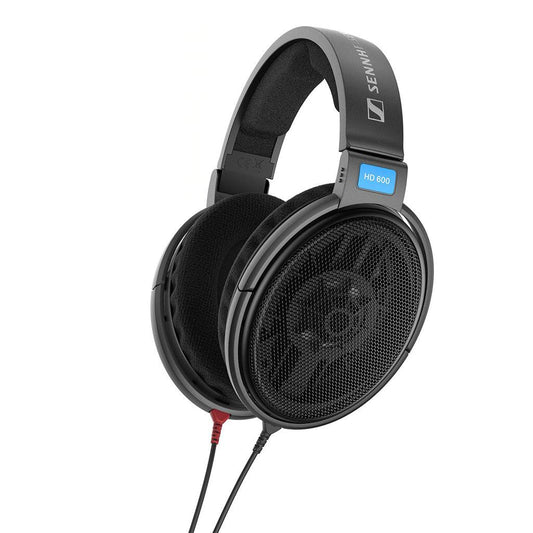Sennheiser HD 660S2 vs. HD 600 and 650: Which is REALLY better?
Sennheiser is the only company that gets the entire headphone sphere excited when they release a new product, but it seems they've forgotten why people love them—and the 6 series—in the first place. Let’s talk about why I think so, how their new HD 660S2 embodies this disconnect, and what I think they can do to fix it.

When Sennheiser announces a new headphone, the announcement reverberates through the entire hobby and dominates the conversation until people finally get it on their heads to listen to. Sennheiser announced their new HD 660S2 right before CanJam NYC 2023, as not only the next iteration of the HD 660S, but as a replacement for it.
This news got my friends and I excited, because it seemed Sennheiser had learned some lessons from the reception to the HD 660S. The driver impedance was back at 300 ohms, they were heavily marketing newly-improved bass performance, and the chassis looked like Sennheiser’s best to date.
But here we are a year later, and I don’t see the HD 660S2 discussed nearly as often as the HD 600 or 650 in the circles I frequent. When I do see my friends—arguably the biggest Sennheiser fanboys and fangirls on the planet—discussing HD 660S2, they rarely have anything nice to say about it… and after extended time at home with it, I think I know why.
Sennheiser is the only company that gets the entire headphone sphere excited when they release a new product, but it seems they may have forgotten why people—especially their biggest fans—love Sennheiser and the 6 series in the first place. Let’s talk about why I think so, how their new HD 660S2 embodies this disconnect, and what I think they can do to fix it.
What we like
- Arguably Sennheiser’s best looking headphone
- Build quality is the same level of excellence we’ve come to expect from Sennheiser
- Comes with balanced and single-ended cables
What we don’t like
Sennheiser HD 660S2 Headphones

Design and Ergonomics
If you’ve ever held or worn a 6 series headphone, there is nothing new here in regards to build or design, except for the colorway. That being said, it is easily my favorite colorway of the entire series.
The uniform darkness of the black makes the copper accents shine beautifully, while HD 660S2 remains nowhere near as ostentatious as other headphones. There might be better looking headphones out there, but few strike this deft of a balance between looking great while not being attention-grabbing for the wrong reasons.
I love how “regular” and low-profile the 6 series headphones look when worn, and this is Sennheiser’s best looking 6 series yet. In terms of ergonomics though, the 6 series overall is more of a mixed bag for me.
I think they’re actually right not to change certain things that could compromise sound quality, like the ubiquitous “Sennheiser clamp.” HD 660S2 is still a clampy headphone out of the box, but in my experience, this benefits the sound of this design by making the treble a bit smoother compared to when clamp is loosened.
However, I think this series is overdue for a suspension strap by a few years.
At CanJam NYC 2023, the same show the HD 660S2 was released at, I got to try the Capra Strap—a $20 3D-printed head strap that can be easily retrofitted onto the existing 6 series chassis—and it immediately bettered my opinion of the 6 series comfort. I couldn’t help but lament the fact that Sennheiser seemingly refuses to acknowledge how much better suspension straps are.
Sennheiser gets a point docked for not implementing this or another improvement to top-of-head comfort yet. The 6 series chassis is still extremely solid in build and well-designed, it’s just not as comfortable as it should be after 30 years of existence.
Frequency Response and Tonality
Bass
The bass on the HD 660S2 is advertised to extend lower than the rest of the 6 series, but it’s still not really a “bassy” headphone. For the most part the presentation of bass instruments remains similar to the original HD 660S—that is to say: unimpressive.
HD 660S2 rolls off marginally later than the prior 6 series offerings, but the extra bass extension really isn’t perceived all that much. This, in addition to it being flat in the upper bass and low midrange, means that the HD 660S2 sounds particularly lacking in contrast between bass and other areas of the frequency response. Due to this “flatness” of bass tuning, bass guitars sound lightweight and a bit cuppy, kick drums sound small, and snare drums aren’t “fat” or heavy feeling enough to make downbeats feel properly anchored.
This is unfortunate given that one justification for the sacrifices made in the midrange seemed to be “consumers want more bass than the 6 series has historically provided.” If people want more bass, I don’t think the HD 660S2 delivers on this desire any more than its predecessors do. In fact, it might even be worse.
HD 600 and 650 tend to have noticeably more bloom in the upper bass and lower midrange region, and this is why I think the 600 and 650 are more forgivable for their bass extension deficit than HD 660S2 is. The bump in the upper bass and low midrange relative to the center midrange makes HD 600 and 650 have an ever-present warm tilt to the lower half of their frequency response which helps them sound less thin than many other open-back headphones. This feature makes vocals sound powerful and nicely thickened, while making snare drums and guitars sound slightly (but appropriately) emphasized in their fundamentals. HD 660S2 doesn’t have that feature, doesn’t have enough bass extension to make up for the lack of said feature, and its other areas that it chooses to downtilt don’t sound as inviting or enjoyable as a small bass and low-midrange elevation would.
If a listener indexes heavily for bass, they should skip the HD 600 and 650, but they should probably skip the HD 660S2 too.
Treble
This is actually where I find HD 660S2 to be on par or slightly better than its competition in this price range. It’s not as brittle or grainy as the Meze 109 Pro, not as metallic or ringy as the Focal Elex, and not as sibilant or plasticky as the Hifiman Edition XS or Sundara. But that doesn’t really make it excellent, or even good. It’s simply less bad than most other headphones, all of which can have pretty glaring treble issues. The recession around 5kHz means it’s rather unfocused when it comes to transients, and has a noticeably occluded-sounding presentation for the tippy-top of electric bass and guitar, as well as the attack of acoustic guitars, pianos, or anything else using strings. However, it does have a “non-fatiguing” presentation which some people may find palatable or even enjoyable.
The biggest issue I have with the treble on this headphone is that cymbals sound like they have had the majority of their physical weight excised. Hi-hats sound a bit too hashy and sloshy. Ride cymbals no longer have their “clack” from the stick hitting on the surface of the cymbal, instead being composed chiefly of “ring” from the fundamental and early harmonics and “sizzle” from the upper treble.
That being said, I don’t have massive issues with the way the treble in particular affects vocals, though there is a slight sense of dullness and a lack of intelligibility from the 5 kHz dip (which is likely being compounded by the midrange tuning). There were actually times I even preferred the HD 660S2’s treble presentation to the HD 650 I have at home, but that was mostly down to the HD 660S2 being less airy on songs that were too sharp above 10 kHz for me. On most music, the HD 650 sounded more normal to me due to the less sucked-out 5 kHz region. HD 660S2 is one of the rare cases wherein the treble receives a passing grade from me, though not an especially enthusiastic one. It is not always good, but it’s rarely outright terrible either. It sounds marginally less sibilant than most other headphones in its range, but as a result lacks in timbral completeness and textural nuance a bit.
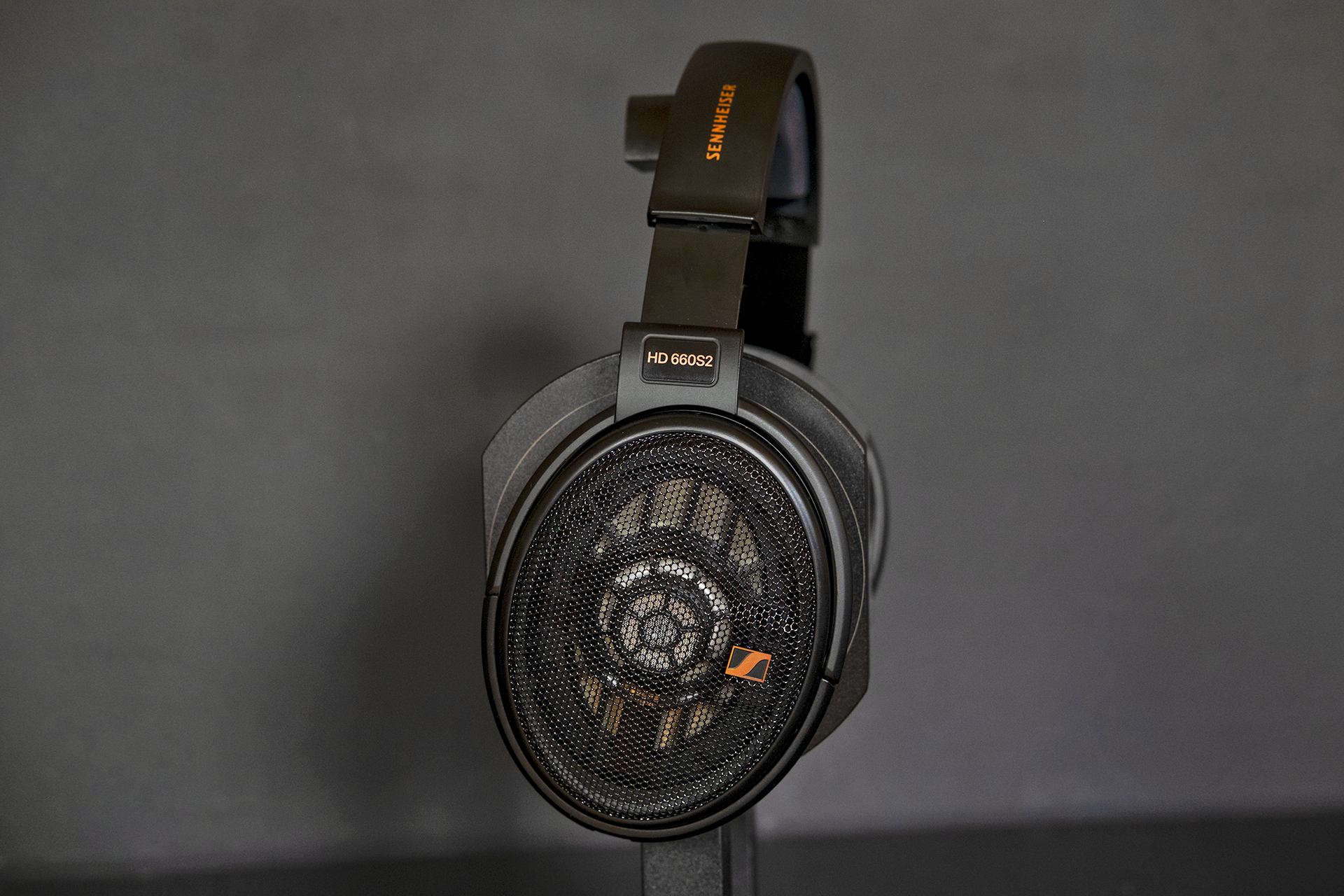
Midrange
This part’s a bummer. Almost every instrument or voice reproduced by this headphone sounds stripped of its most critical intelligibility cues in the upper midrange. Scratchy, crackly overtones are under-emphasized, and the sense of transient immediacy on things like snare drums or plucked guitars is sorely lacking.
HD 660S2 doesn’t necessarily sound as occluded as a gaming headset or a headphone you’d get from a dollar store, but the rather large upper-midrange and treble recession around 3-5 kHz means it—like gaming headsets and dollar store headphones—lacks significantly in the “clarity” department. The vocals on this headphone sound distant… but not in a “far out soundstage” way, more in a “muffled and hollow” way. Guitars sound like their pick attack has been liberally blurred and have little if any sense of dynamic complexity to their transients. Snare drums lack the “crack” they should have when hit hard, sounding like the top skin is covered with a towel. Kick drums lose all of their “click” and thus sound soft and diffuse.
I don’t know if this was the plan, or if Sennheiser legitimately thinks people want their midrange tuning like this. The original HD 660S wasn’t widely accepted in the audiophile spaces I frequent largely due to its midrange, and it seems the HD 660S2 is meeting the same fate for the same reason.
Interestingly, this trend of more muffled upper midrange tuning is consistent in Sennheiser’s IEMs as well, all of them having a rather noticeable 3-5 kHz scoop… but if this scoop is Sennheiser’s new house sound or preferred midrange, I don’t know why.
The midrange sound established by the HE 60, HD 580 Precision, HD 600, and HD 650 that so many people love is nowhere to be found in Sennheiser’s modern offerings… and it’s a pretty huge bummer that this is the second time in a row that we’ve been given a new 6 series headphone that, by many people’s account, doesn’t fit with the pedigree or purpose of the original HD 600 and 650.
Regardless of Sennheiser’s justification, everybody I know is begging for the HD 600’s midrange with bass extension, and the fact that Sennheiser themselves seem unable to deliver it is a perpetual shame. But I think there’s a reason for that, which we’ll get into in a bit.
Subjective Impressions
HD 660S2 is one of the least subjectively interesting headphones I’m aware of in its price class, in that it really doesn’t excel at any subjective aspect.
In terms of what some call detail or resolution, it’s surprisingly mediocre for a headphone that originally cost $600. I don’t sense any additional extraction of smaller cues or textural nuance, in fact I most often felt the HD 660S2 to be occluding upper-midrange and lower-treble details that I knew were present in the mix.
Dynamically, HD 660S2 is rather soft even compared to planar magnetic headphones like the Hifiman Edition XS. The lack of bass and the hole in the midrange where most “attack” frequencies of drums and bass guitars tends to be is definitely hurting its performance here. It actually reminds me a bit of the HEDDphone V2 in that respect, where the sense of contrast is eerily absent, the punch being nowhere to be found despite the bass extension technically being there.
Regarding spaciousness, I wish I had better news but I really don’t perceive HD 660S2 as more externalized or spacious than HD 650 or HD 600. The stage that sounds are placed within still sounds discretely “3-blob” or “helmet-like” in its presentation and, while I don’t mind this aspect, people who do mind this aspect about HD 600 and 650 may not find HD 660S2 an improvement over its predecessors.
In regards to what people call “detail” or “dynamics,” the HD 600 and 650 eclipse HD 660S2 rather handily, sheerly by the merits of not having a sucked out upper midrange. Turns out tuning a headphone to have broadly what the ear expects to hear in its most sensitive frequency region matters a lot for intelligibility.
The SYS Platform Driver
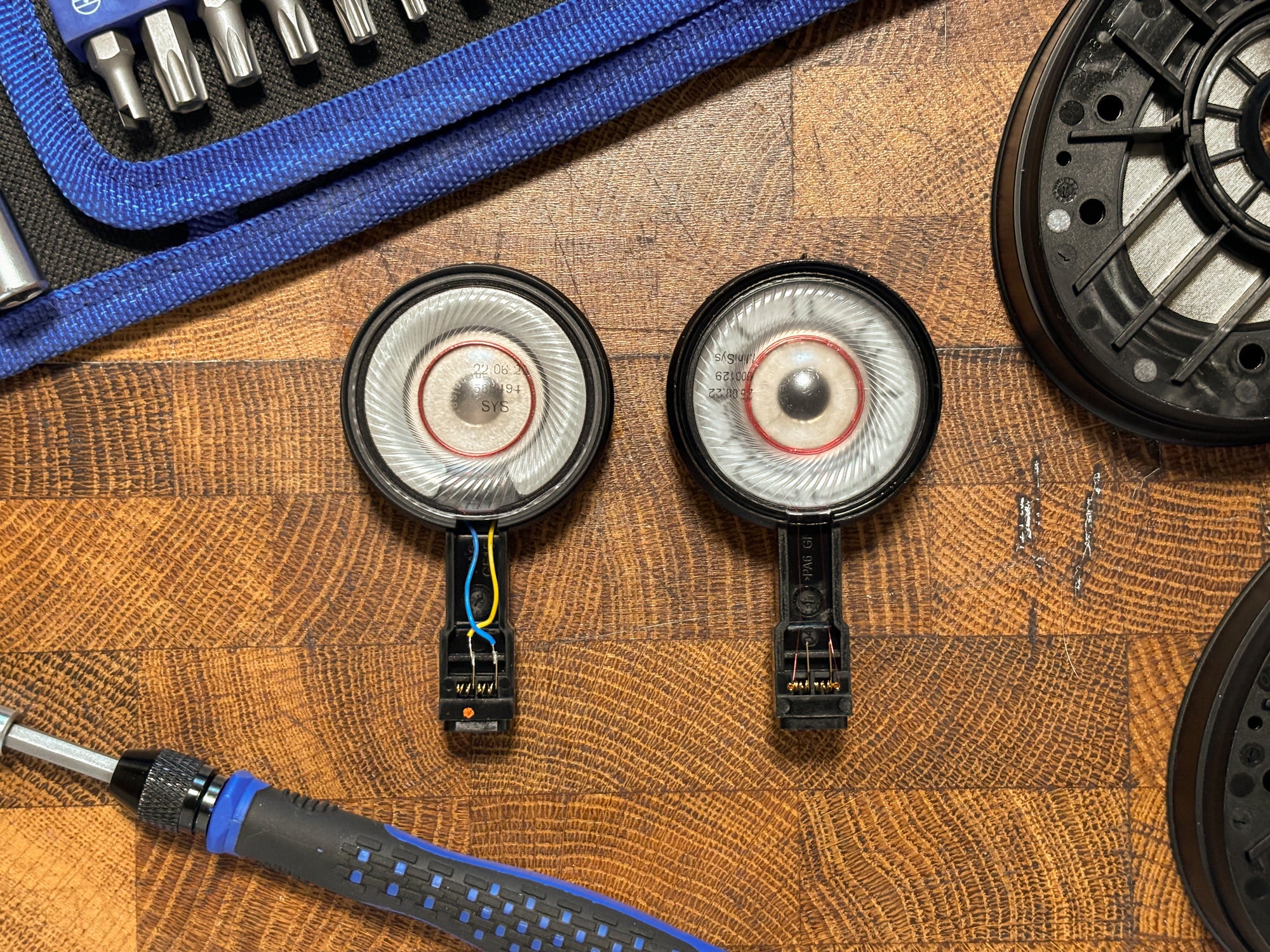
Left: HD 660S2 driver, Right: HD 650 driver
The HD 660S2 uses a driver based on Sennheiser’s “SYS” platform, which is used—with some modifications—in practically all of their modern audiophile headphones save HD 600, HD 650, and HD 800 S. To my knowledge at least, all of the modern HD 4xx Pro series, HD 5xx series, HD 660S series and HD 700 use a SYS platform driver. They at some point moved to this driver-type for the 6 series as well due to the ease and consistency of manufacturing, but in my view this move is a large part of why their modern headphones disappoint me.
Some may say that a headphone’s sound is more than just the driver, and of course this is true. But since the 6 series chassis and pads are identical across the lineup, when we compare eg. HD 660S2 to HD 650, we are solely seeing differences in the driver assembly and structure behind it.
In fact, since this isn’t the first time we’ve seen a SYS platform driver in an HD 6 series chassis, I encourage the reader to seek out measurements of the prior implementations and compare them. We can see how similar all of these designs have been when comparing the HD 660S2 to the original HD 660S or to the Drop x Sennheiser HD 58x, both of which also use a SYS platform driver in an HD 6 series chassis, and the latter of which measures almost identically to the HD 660S2 (thanks to RTINGS for the measurement).
Why do I bring this up? Because implementing this driver type in this housing with these pads yet another time really confuses me.
This combo seems to always have the muffled upper midrange we got with HD 660S, and Sennheiser offering the same basic package with marginally more bass with the new HD 660S2 makes it feel like they’re totally fine dooming all of the newer designs in this lineup to be negatively compared to their predecessors in the midrange, while offering nothing special elsewhere in the tonality.
It’s my opinion that the SYS drivers have yet to be implemented as well as the “KDH 580” driver found in the original 6 series offerings. Furthermore, I actually think Sennheiser should probably just entirely stop trying with the SYS platform drivers in this chassis and figure something else out. If they want something that people are actually going to compare favorably to the HD 600 and 650, they’ve gotta stop compromising the midrange and treble that made people like me respect Sennheiser as the world’s greatest headphone manufacturer. To that point…
Final Comparison to HD 600 and 650

HD 600 just sounds more normal for more things than HD 660S2 does, having a more “filled out” midrange. However, HD 600 does occasionally get a bit shouty, glarey or bright for me—and I could see this happening for other listeners too. However, HD 600 is also underrated in terms of its sense of separation between instruments, its sense of “detail,” as well as its sense of subjective dynamic contrast, and this is something I feel the HD 660S2 is meaningfully worse at. I can’t say I’d much like to own either of these, as both have flaws that make them less than ideal for me.
But compared to HD 650… it’s simply not a fair fight. HD 650 sounds subjectively richer and able to convey more of the complexities in the music, while sounding less like there are holes carved out of the midrange and treble. It is similar to HD 600 in that the subjective aspects (detail, dynamics) are significantly better as well. There’s not a single aspect of the frequency response or my subjective sonic impression that would make me recommend the HD 660S2 over the HD 650; the latter is likely going to be a better headphone for most listeners, and is less expensive.
The fact that Sennheiser is charging $100 more for the HD 660S2 than the HD 650 despite the former being worse in every way I can think is, again, confusing. The HD 600 and 650 are arguably some of the best passively tuned over-ear open-back headphones of all time, with a midrange that still hasn’t been outdone 20 years after the latter’s introduction.
The HD 660S2 by comparison strikes me as just another overpriced and compromised headphone in a kingdom of hundreds, one that makes it seem like Sennheiser has given up trying to improve upon their prior designs and is content with mediocrity.
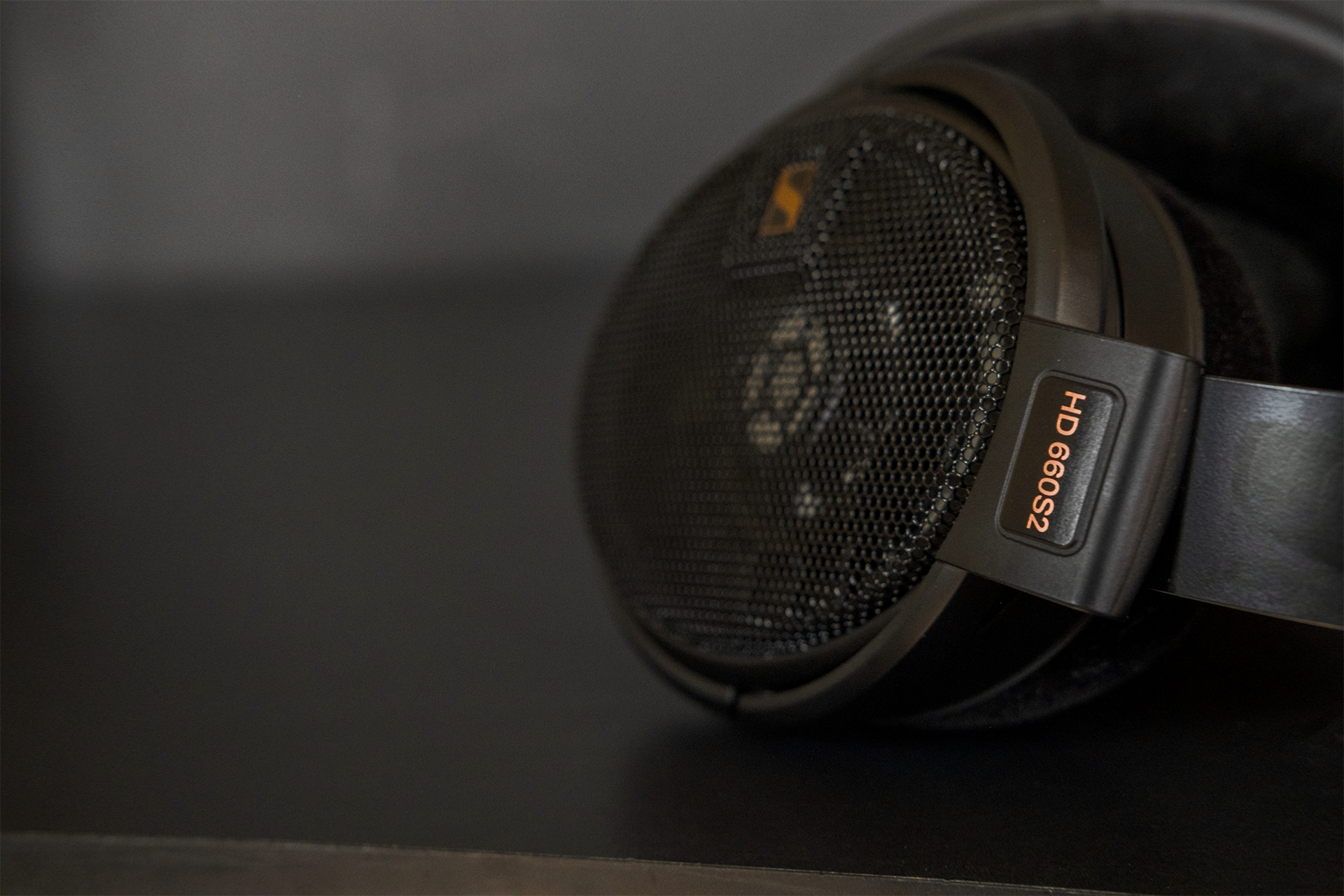
Sennheiser HD 600 Headphones
Sennheiser HD 650 Headphones
Conclusion
I’ve said it a few times but it bears repeating: it’s weird to me that Sennheiser keeps retreading the territory of their most storied lineup this way. The scooped midrange they’ve tuned into their last two 6 series iterations might make them more relaxed headphones, but it also damn near ruins the sound this series is famous for… yet Sennheiser somehow feels okay charging more for it.
Some may take issue with me saying that it’s an all-around “worse” headphone, as some people most certainly will enjoy HD 660S2 for what it is. But we’re living in a time when we have plenty of decent options for over-ear headphones for a wide variety of needs… and in this market, HD 660S2 does nothing to make itself a compelling option for any use case that I can think of.
Some may think that’s an exaggeration, but humor me for a moment:
Those who want a reasonably normal sounding or well-tuned headphone at HD 660S2’s price should look into an HD 600 or HD 650, or maybe a Hifiman Sundara if their head is on the more treble-resistant side. Those who want a dynamic and punchy experience at HD 660S2’s price should look into the Focal Elex. Those who want a more spacious or “detailed” presentation should look into a Hifiman Edition XS. Those who want more bass or something for gaming should look into the Audeze Maxwell.
Hell, even those who want exactly what the HD 660S2 does should probably look into the Drop x Sennheiser HD 58x, as it measures almost exactly the same but is less than half the price.
Thus, I repeat my point: I cannot think of a single reason to recommend the HD 660S2. If you’d like an additional perspective, feel free to check out Resolve and DMS’s videos comparing the 660S2 to its predecessors below.
This was a hard review to write. Not because HD 660S2 is such a terrible headphone, or because it has so many nuances to unpack, but because it’s precisely the opposite: HD 660S2 is a uniquely boring headphone, with almost nothing of note tonally or subjectively to make it better, or even distinct from its predecessors or competitors in the market. It is mediocre, and while that’s fine, I just don’t see any reason for it to exist.
And, in case the reader wasn’t around for its release, this is exactly what happened with the original HD 660S.
Sennheiser already released a more expensive “successor” to the 6 series despite having rather obvious tuning problems. Perhaps a lack of enthusiasm from audiophiles regarding the original HD 660S is why it got a “second version” that replaced it… but I don’t think the HD 660S2 is really the improvement most people unhappy with the HD 660S wanted.
While I certainly don’t think HD 660S2 is a terrible headphone, it’s one I’d never have occasion to recommend… and thus I’m left having to wait another few years for Sennheiser to try again after—hopefully—getting the memo this time.
If you have any questions about this article, feel free to start a discussion here on the Headphones.com forums, or ping me in our Discord channel, which is where me and a bunch of other headphone and IEM enthusiasts hang out to talk about stuff like this. Thanks for reading, until next time!
